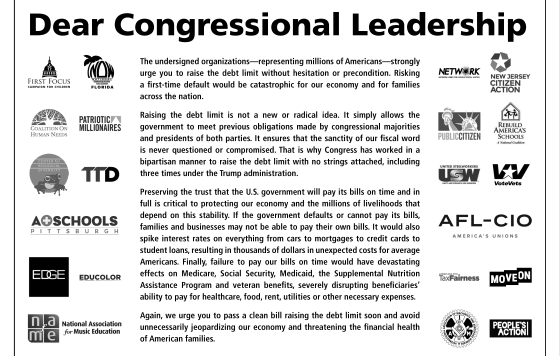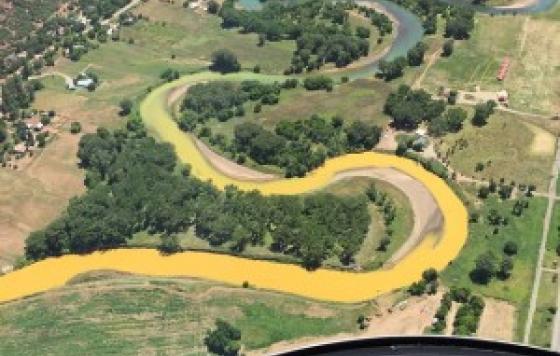By Jennifer Clary, California Associate (Follow Jennifer on Twitter - @JenClary_Water)
California’s drought is hitting the national stage. Two weeks ago, house Republicans passed a highly controversial bill (HR 3964) that would lift environmental protections so that water could be moved from one parched area of the state to another [Here’s the environmental community’s take on the bill]. That bill is unlikely to move in the Senate, and was replaced in the headlines last week by a Senate bill authored by the Senators from California and Oregon.
Last Friday the big guns came out, with a visit to the drought stricken-Central Valley by President Obama, and the announcement of $180 million in federal aid, including $60 million for food banks. President Obama is a frequent visitor to California, but this is his first visit to the Central Valley, where drought is stressing agriculture and communities.
Clean Water Action has already talked about the need for long-term planning to prepare for future droughts. But what can and should be done in the current crisis? Simple – place a priority on safe drinking water.
The drought is impacting communities across the state, but some communities were already in trouble and this is just making things worse. The state’s drinking water program has a waiting list for funding of nearly 500 projects for water systems that have contaminated water or have water shortages. In addition, nearly 2 million Californians rely on private wells, and no program exists to help them when their wells go dry.
Assistance for these communities should take the form of short-term fixes to respond to the immediate problem of the drought, but need to be investments in long-term solutions that will solve problems not just for this year or this drought, but for the long term. There are many things we can do – and do quickly for communities that lack safe and reliable water supplies:
- Expand emergency funding so that low-income private well owners can access funding for safe water;
- Encourage projects that connect small systems to larger systems that have a more sustainable water supply;
- Support development of a water bond that provides significant resources to ensure that all Californians have safe drinking water.
Related Posts
Stay Informed
Get the latest updates and actions:
Thanks for signing up!
There was a problem processing your signup. Please try again.


